How to Plan the Perfect Friendsgiving Gathering with Friends
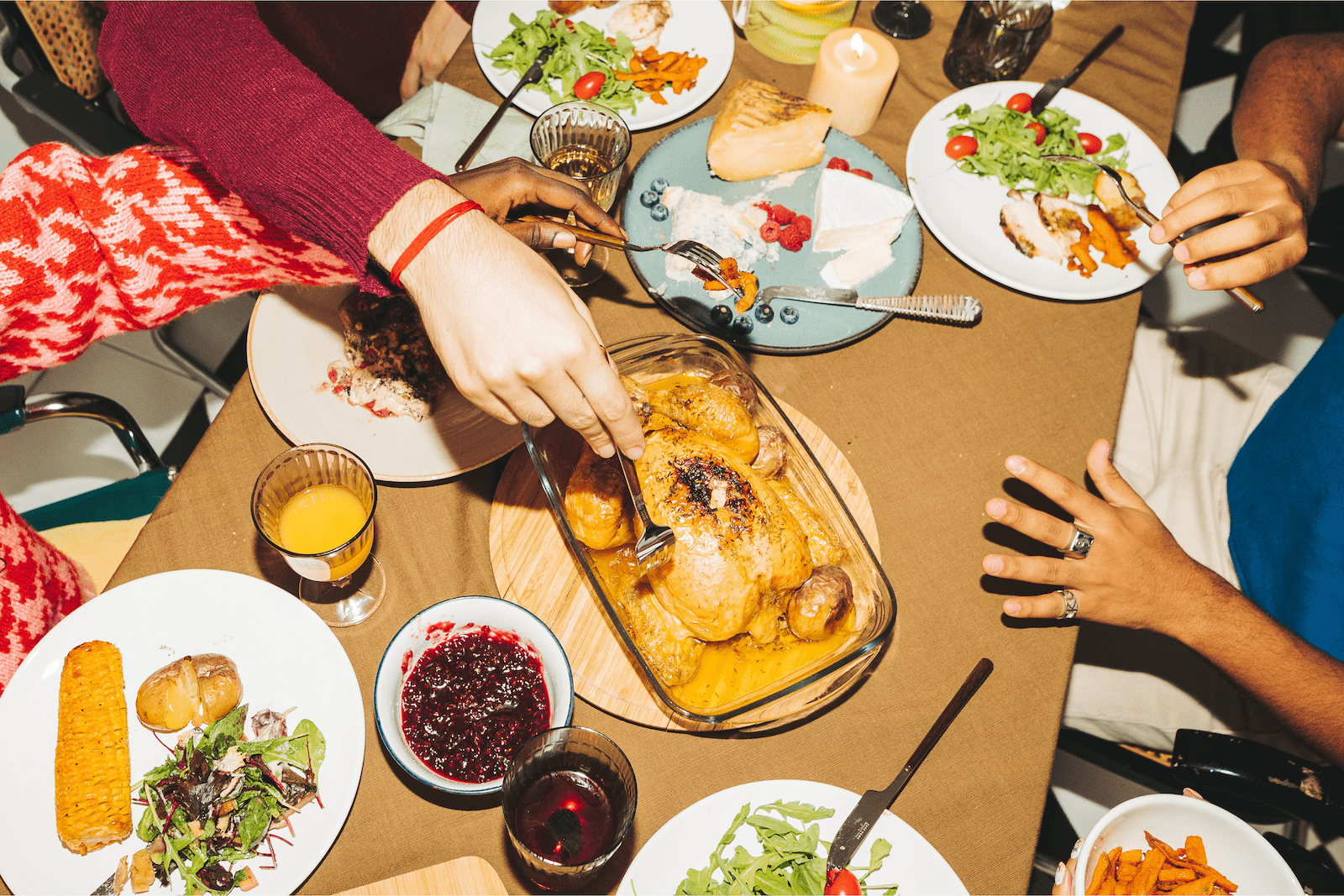
Friendsgiving has become one of the most beloved traditions for friend groups everywhere—a chance to come together, share a meal, and celebrate gratitude in a warm, relaxed setting. Whether you live far from family, want a second Thanksgiving celebration, or simply enjoy an excuse to gather with your favorite people, Friendsgiving is the perfect mix of festive and laid-back.
This guide will walk you through every step of planning a memorable Friendsgiving, from setting the date to organizing the potluck menu, decorating, and keeping the good vibes flowing.
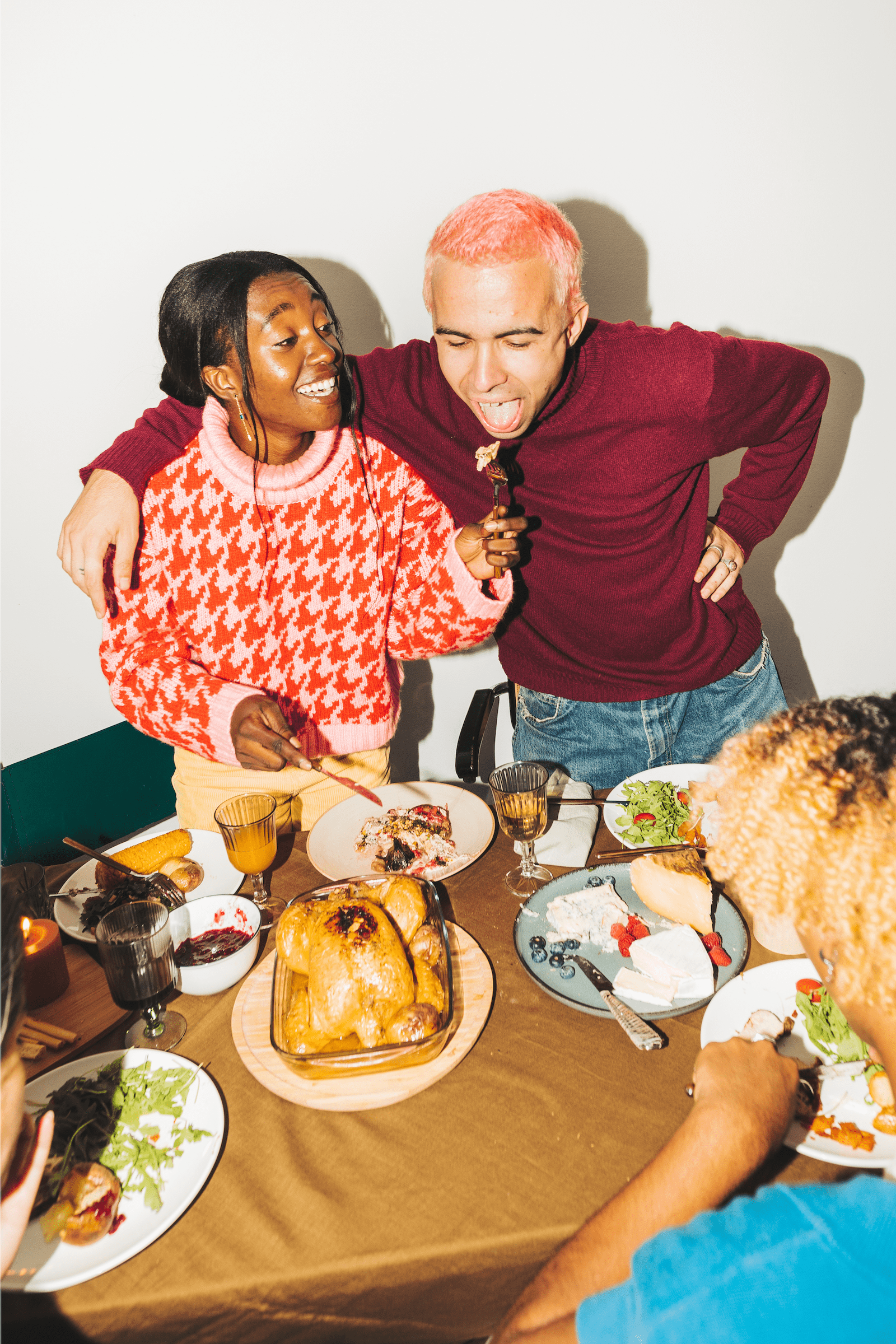

Thanksgiving vs Friendsgiving – Explaining the Difference
Thanksgiving is an old-school American holiday traditionally celebrated with your relatives on the Thursday date of Thanksgiving. It’s often a more formal sit down dinner with parents, siblings, aunts, uncles and grandparents. In short, you need to be on your best behavior and mind your P’s and Q’s.
Friendsgiving, on the other hand, is a more modern, informal celebration that often takes place in the weeks surrounding Thanksgiving. Instead of being with biological family, Friendsgiving is typically spent with your chosen family—close friends who hold a special place in your life. It’s usually more relaxed, often potluck-style, and allows for creativity and flexibility in the menu, activities, and traditions, making it a heartfelt way to celebrate gratitude and connection outside the traditional family setting.
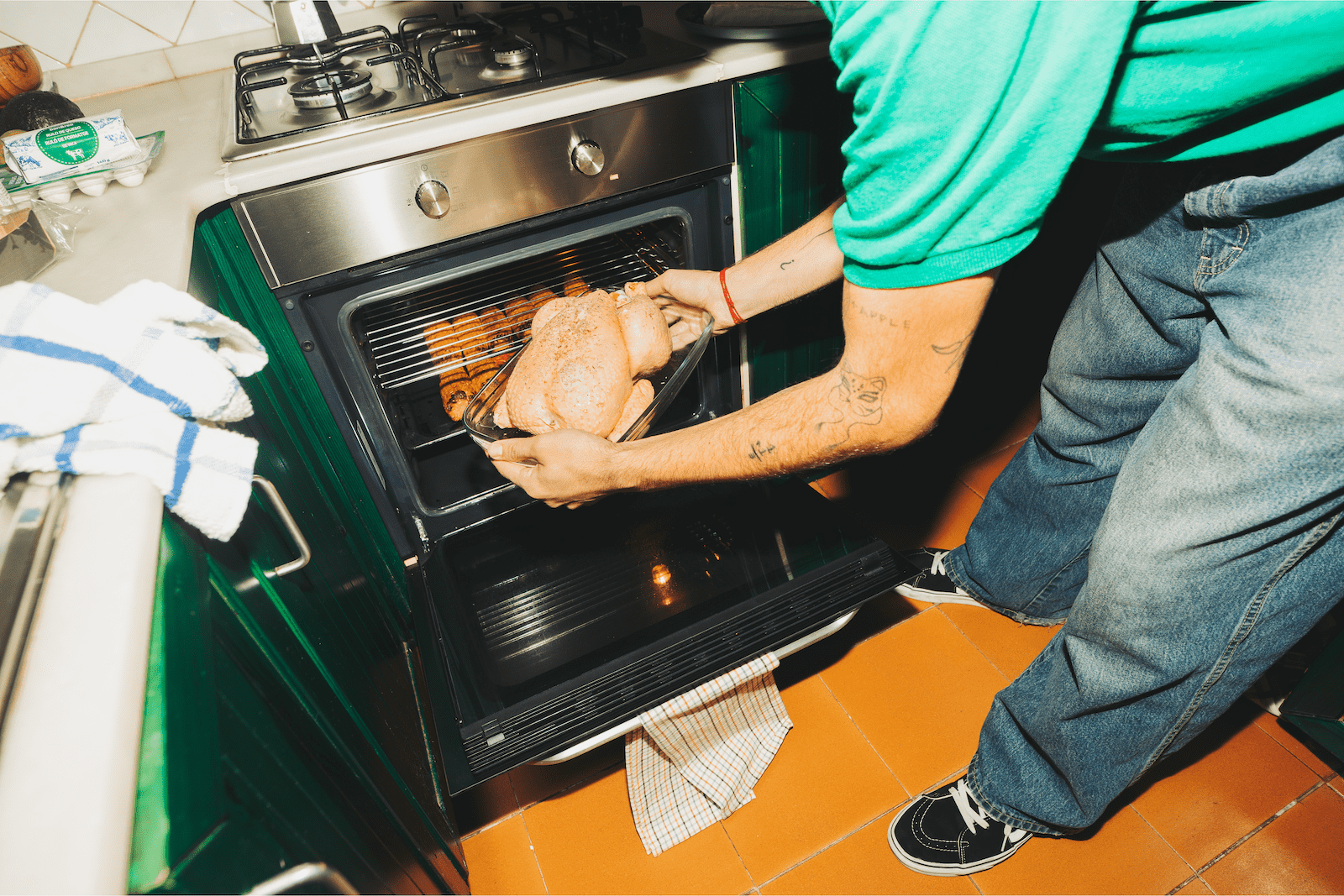
Planning Your Friendsgiving – Choose the Date Early
Friendsgiving doesn’t have to happen on Thanksgiving Day—it usually works best the weekend before or after, depending on everyone’s travel schedules. Here’s how to make date selection stress-free:
- Plan at least 3–4 weeks ahead. November calendars fill up quickly, especially with holiday parties, travel, and family commitments.
- Use a scheduling tool like Doodle or a group chat poll to find the best date for the majority.
- Be flexible. You might not get 100% attendance, but aiming for when most friends are available ensures a good turnout.

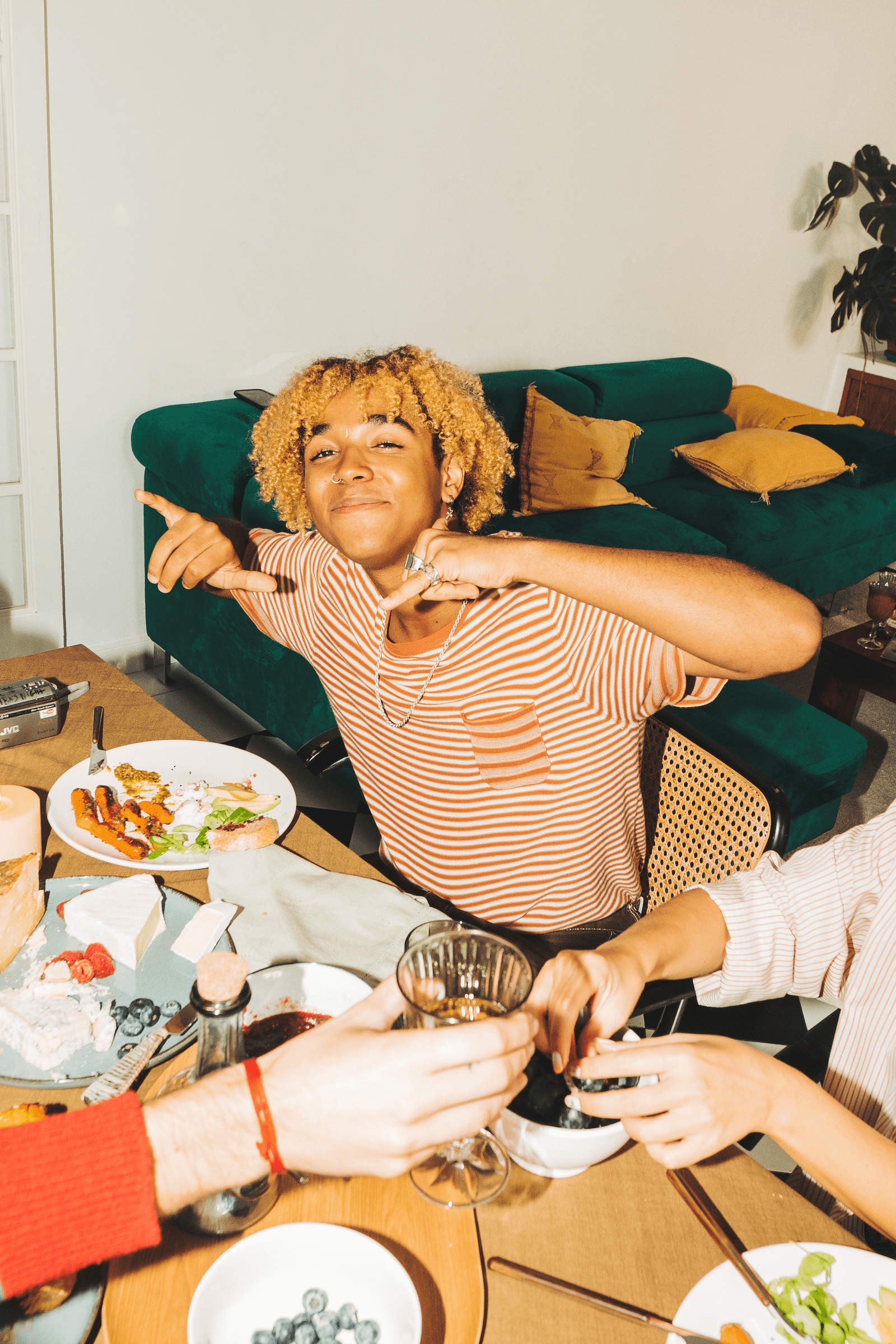
Decide on the Hosting Style
Before diving into the menu, figure out the overall vibe of your Friendsgiving:
- Casual & cozy: Think mismatched chairs, everyone in sweaters, buffet-style serving, and maybe a football game playing in the background.
- Upscale & elegant: Coordinated table settings, candlelight, a sit-down dinner, and a more formal dress code.
- Theme party: Maybe a “Pajama Friendsgiving,” a “Retro 70s Potluck,” or a “Harvest Feast” with seasonal colors.
The style you choose will influence décor, food presentation, and how formal (or relaxed) your planning needs to be.

Hosting Location and Logistics
If you’re hosting at home, make sure you have enough seating, serving dishes, and table space. If not, consider:
- Borrowing extra chairs and folding tables from friends or neighbors.
- Hosting at a community space (apartment clubhouse, church hall, or a rented Airbnb with a big kitchen).
- Outdoor Friendsgiving if you live somewhere warm—just have heaters or blankets ready for cooler weather.
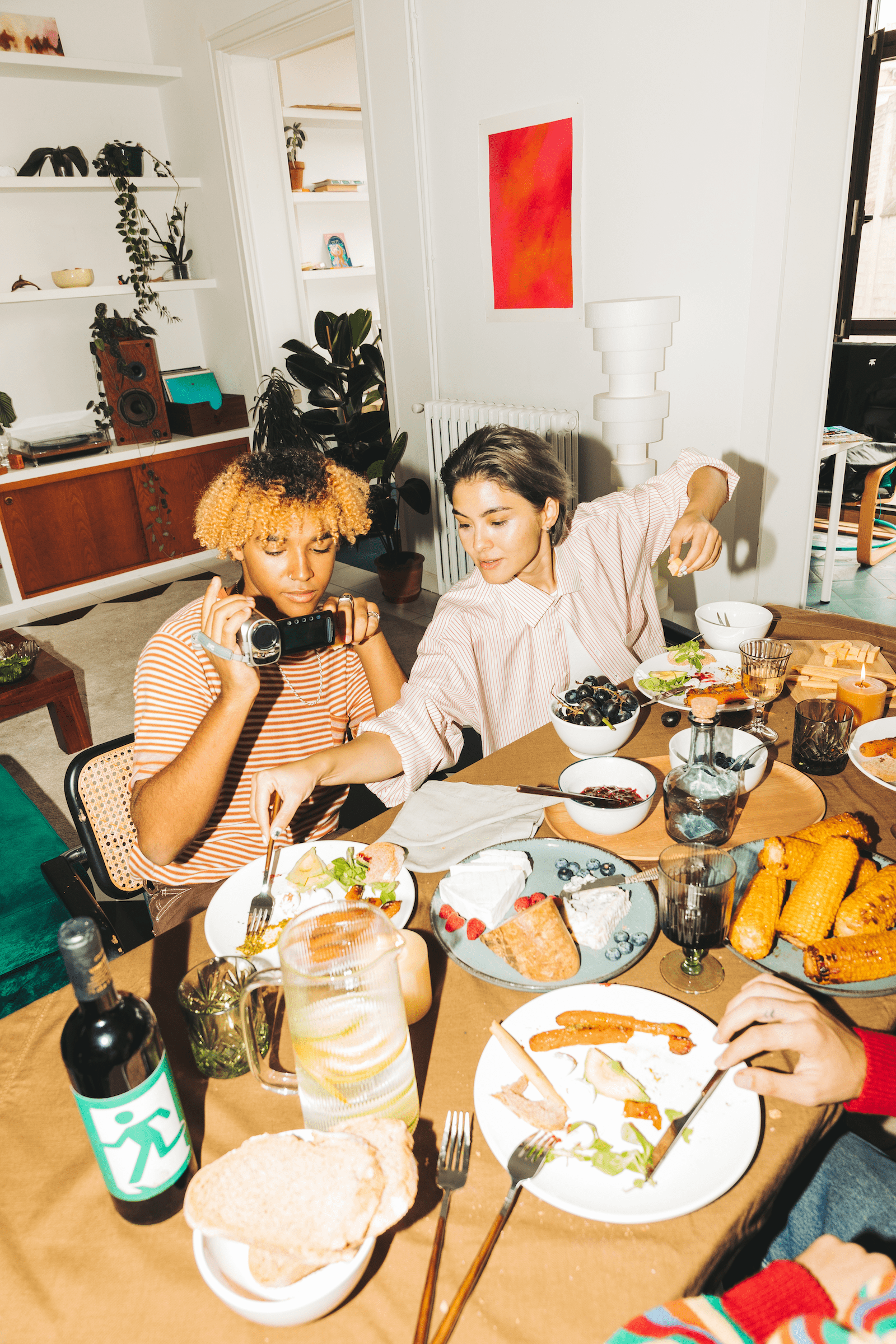
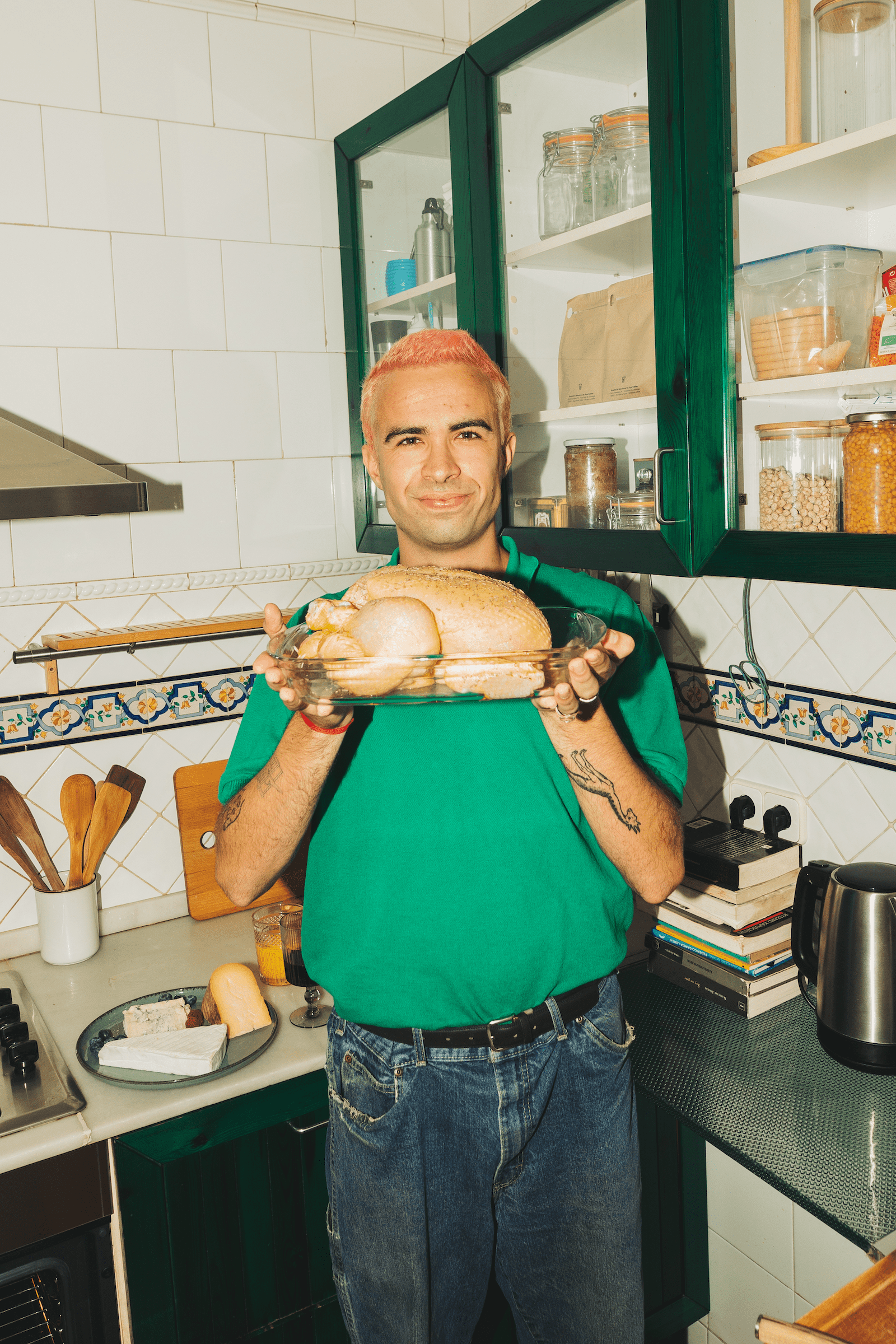
Organizing the Potluck Menu
A potluck is the hallmark of Friendsgiving—it keeps costs manageable and ensures everyone has a hand in the meal. To avoid ending up with five pumpkin pies and no mashed potatoes, organization is key.
Decide on the Food Categories
Break the menu into clear sections so everyone knows what’s needed:
- Main protein (turkey, ham, roast chicken, or vegetarian main dish like stuffed squash)
- Side dishes (mashed potatoes, sweet potatoes, stuffing, green bean casserole, roasted vegetables)
- Salads (greens, grain-based salads, fruit salads)
- Breads (rolls, cornbread, biscuits)
- Desserts (pies, cakes, cookies)
- Drinks (wine, cocktails, mocktails, cider, soda)
Create a Sign-Up Sheet
Use Google Sheets, SignUpGenius, or a shared group chat list. Include columns for:
- Name
- Dish or drink
- Any notes (allergies, vegetarian, gluten-free, nut-free, etc.)
- Serving needs (oven space, fridge space)
Balance the Menu
Once people start signing up, check for variety. Encourage guests to fill in missing categories if too many desserts or carb-heavy dishes pop up.
Plan for Dietary Needs
Ask ahead about food allergies and dietary restrictions. Offer at least one vegetarian main and gluten-free option so everyone can enjoy the meal.
Assign Serving Times
If the host’s oven will be in high demand, schedule reheating times so there’s no last-minute chaos. Cold dishes can be brought ready-to-serve, and slow cookers are great for sides like mashed potatoes or stuffing.

Décor and Ambiance
Friendsgiving décor doesn’t need to be expensive—just warm and inviting. Here are ideas to set the scene:
- Table settings: Use a mix of real dishes, thrifted pieces, or compostable palm leaf plates for an eco-friendly option.
- Centerpieces: Mini pumpkins, autumn leaves, candles in mason jars, or eucalyptus garlands.
- Lighting: Soft string lights, tea candles, and warm-toned bulbs for a cozy glow.
- Place cards: A fun personal touch—use small pinecones with names written on kraft paper tags.
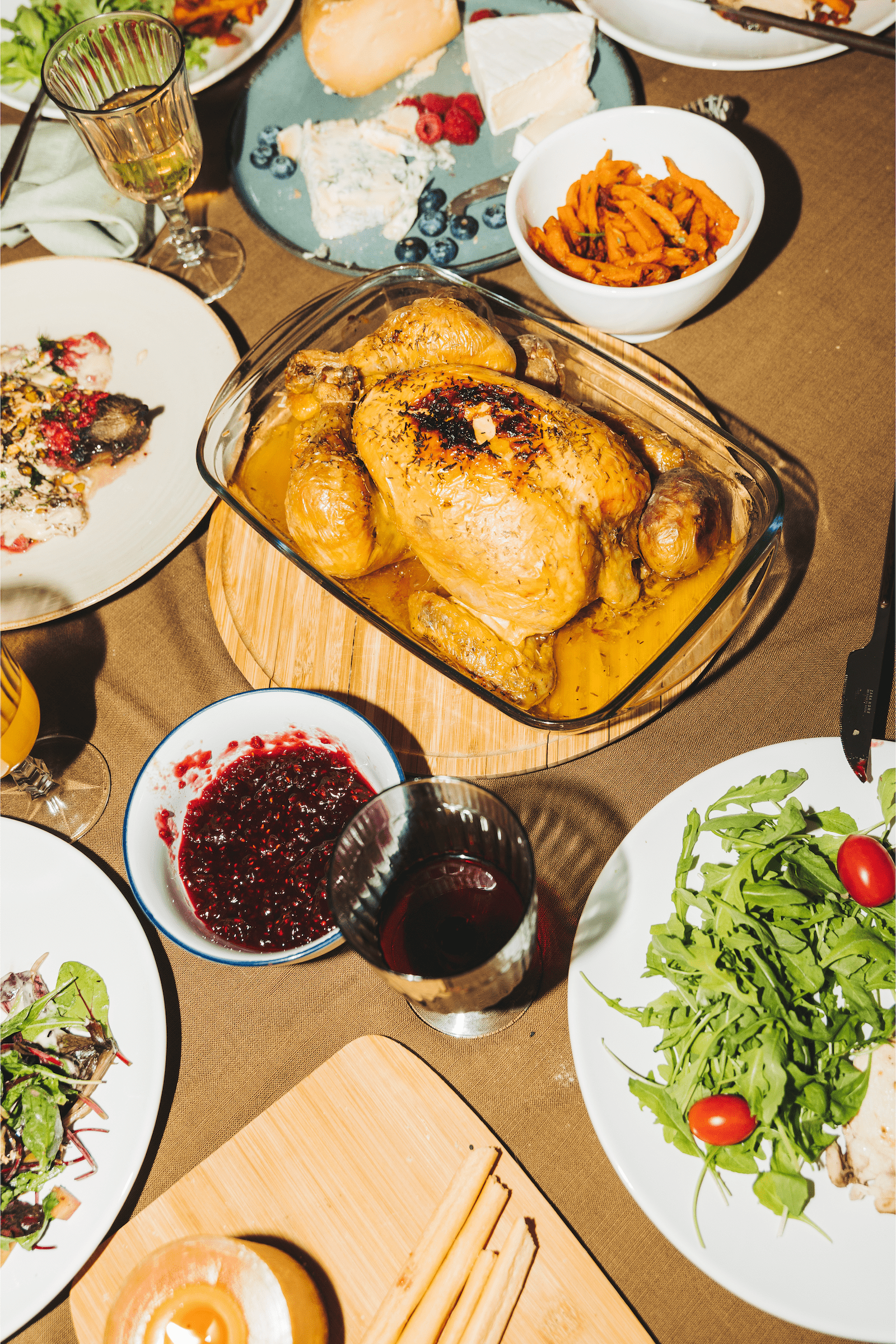

Drinks and Beverages
Have a mix of alcoholic and non-alcoholic options. A signature drink is a great conversation starter:
- Cocktail ideas: Spiced cranberry mules, apple cider sangria, pumpkin spice white Russians.
- Mocktails: Cranberry spritzers, sparkling apple cider, pomegranate lemonade.
- Hot drinks: Mulled wine, hot chocolate bar, or spiced tea station.
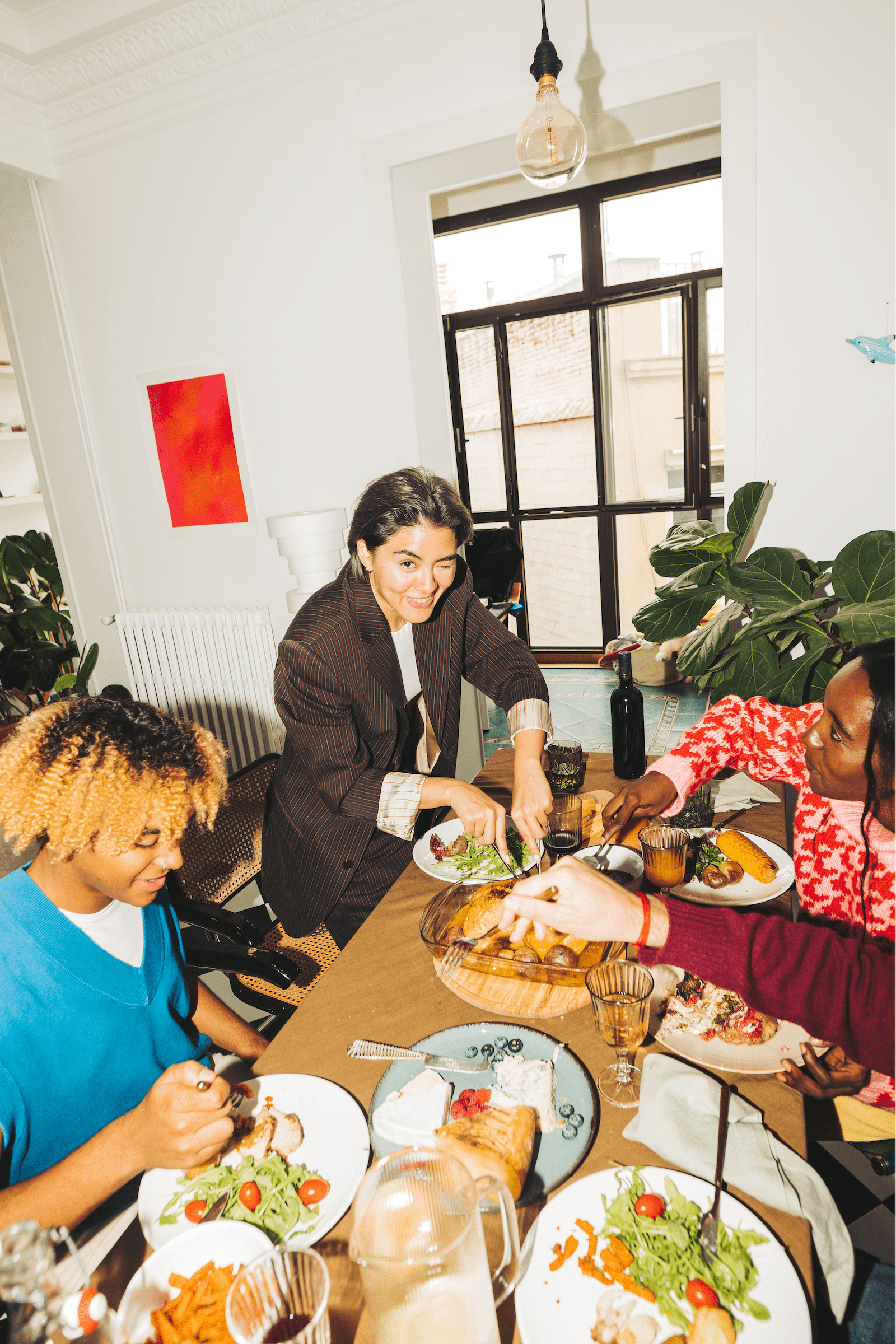
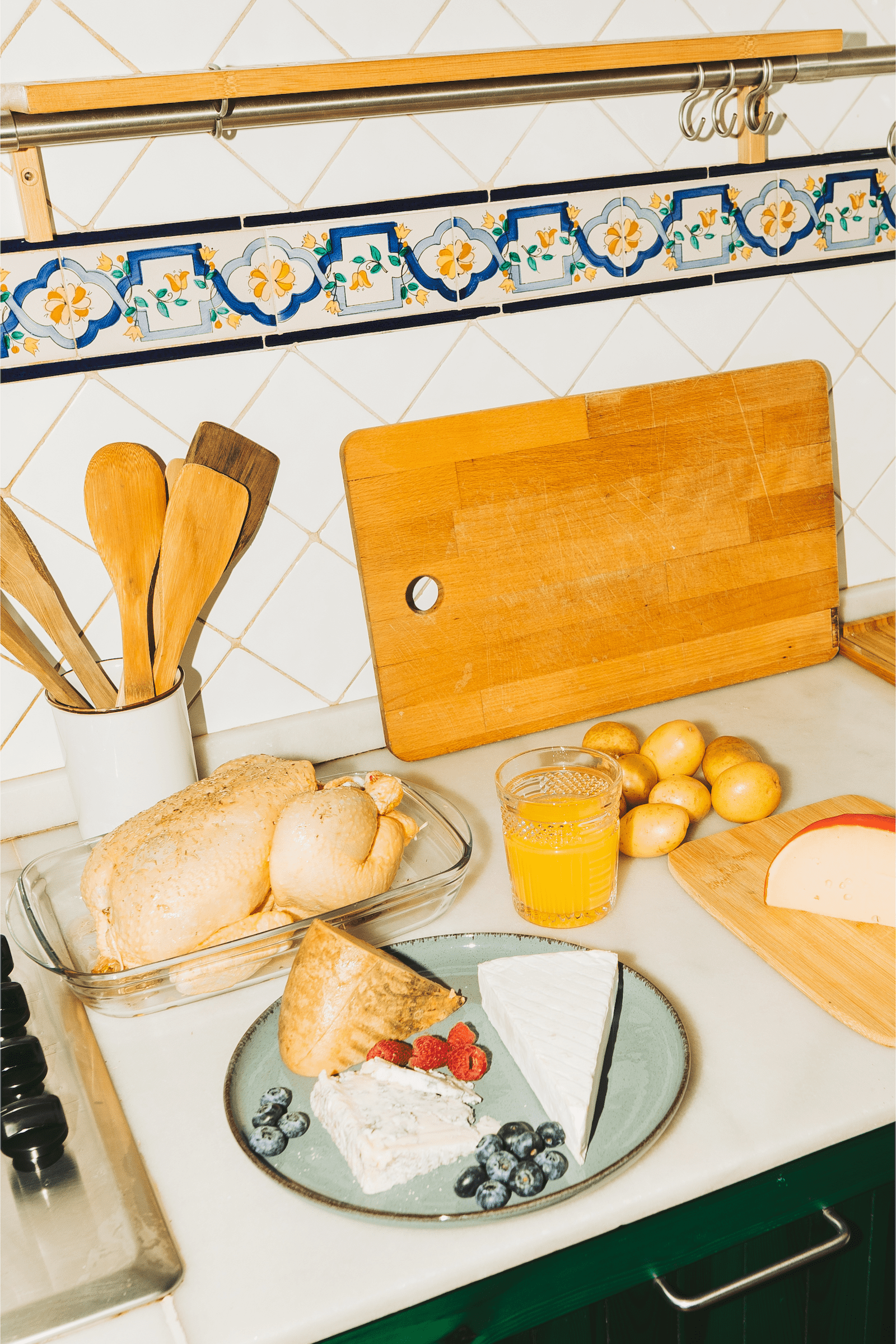
Entertainment and Activities
Friendsgiving isn’t just about the food—it’s about making memories. Try:
- Gratitude circle: Everyone shares one thing they’re thankful for.
- Board games or card games after the meal.
- Friendsgiving trivia with fun prizes.
- DIY photo booth with props and a fall-themed backdrop.

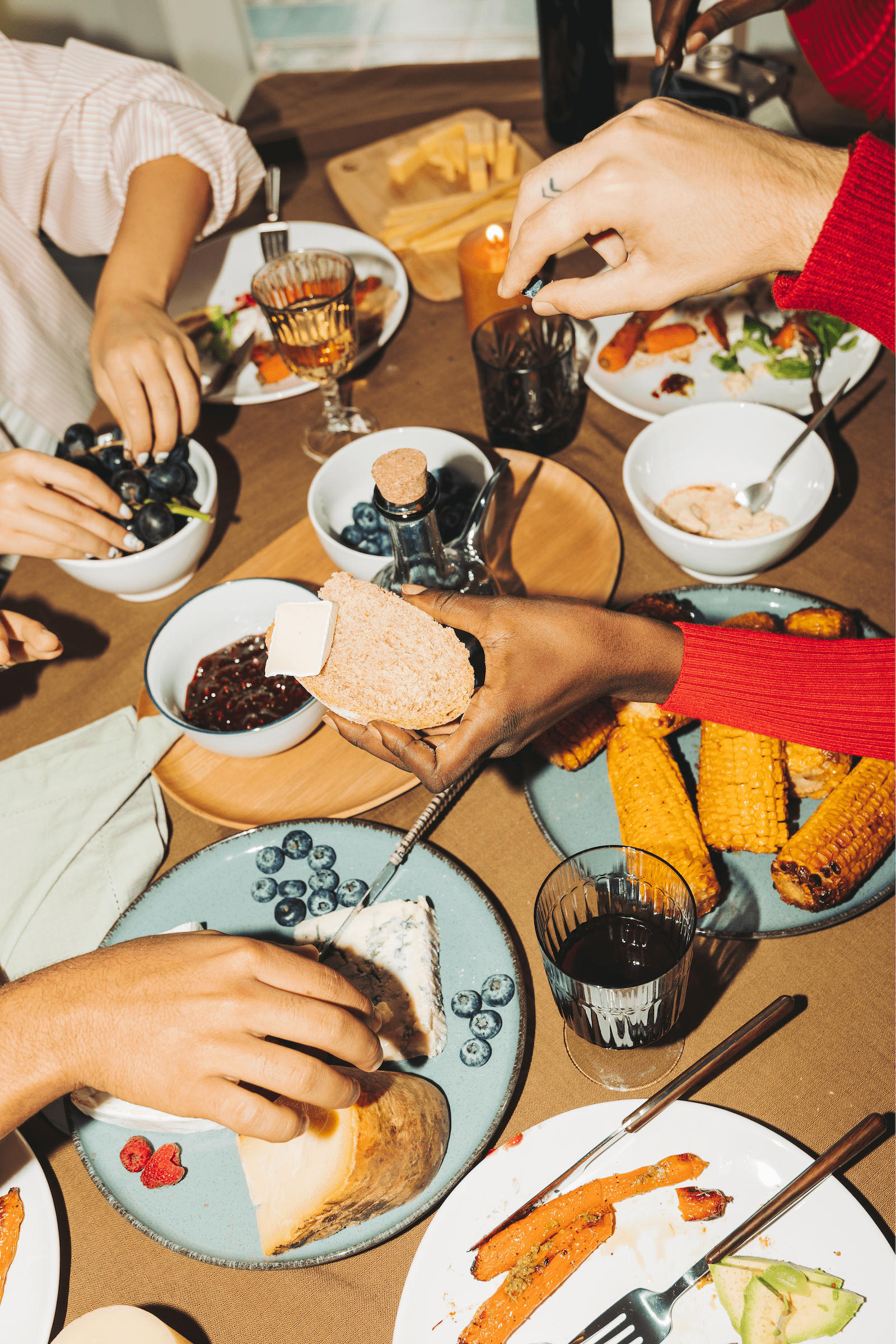
Day-of Hosting Tips
- Set up early so you’re not scrambling when guests arrive.
- Have a coat and bag drop area to keep things organized.
- Put out appetizers (cheese board, dips, snack mix) so guests can nibble while the main meal finishes cooking.
- Don’t stress perfection—Friendsgiving is about connection, not a magazine-perfect spread.
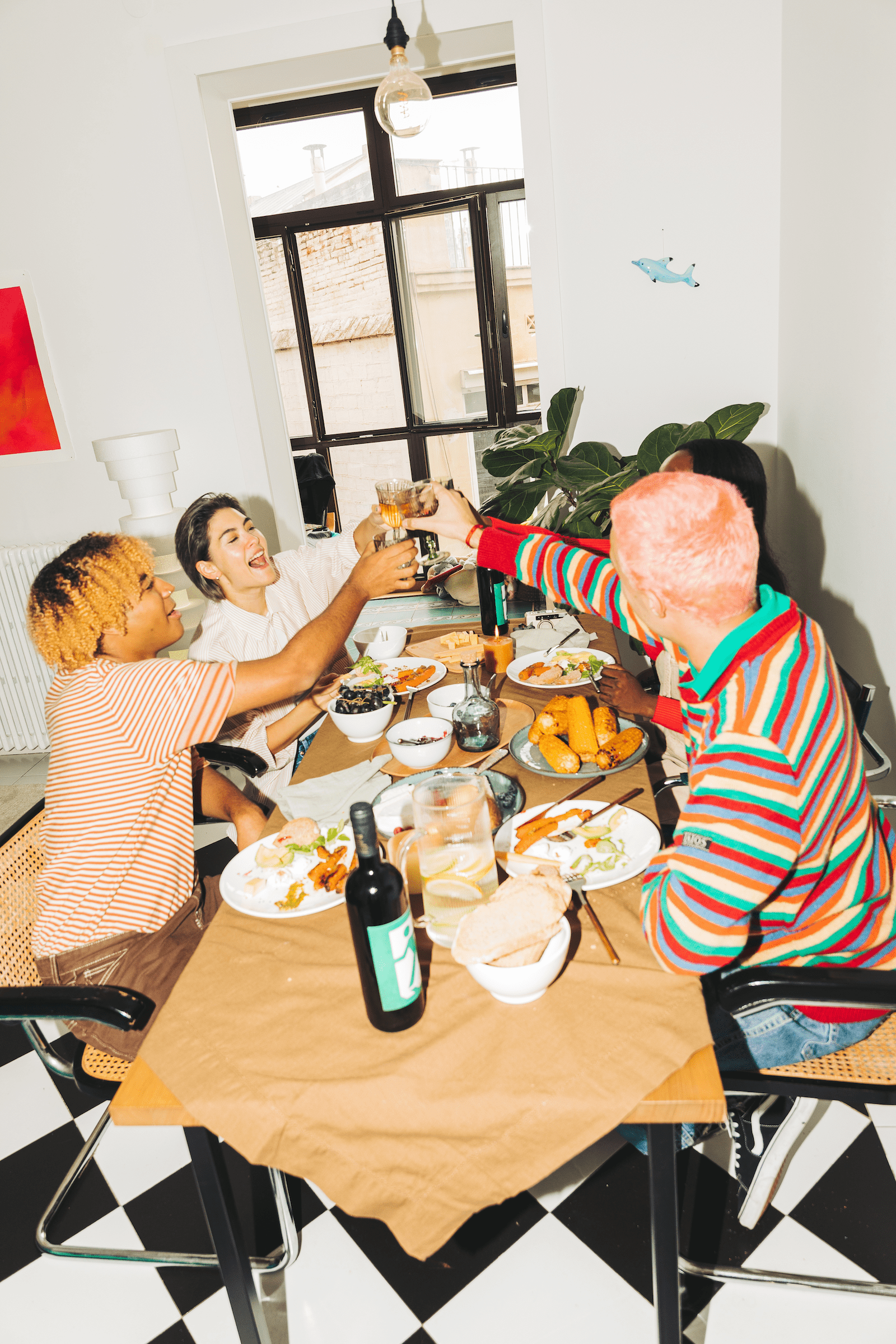
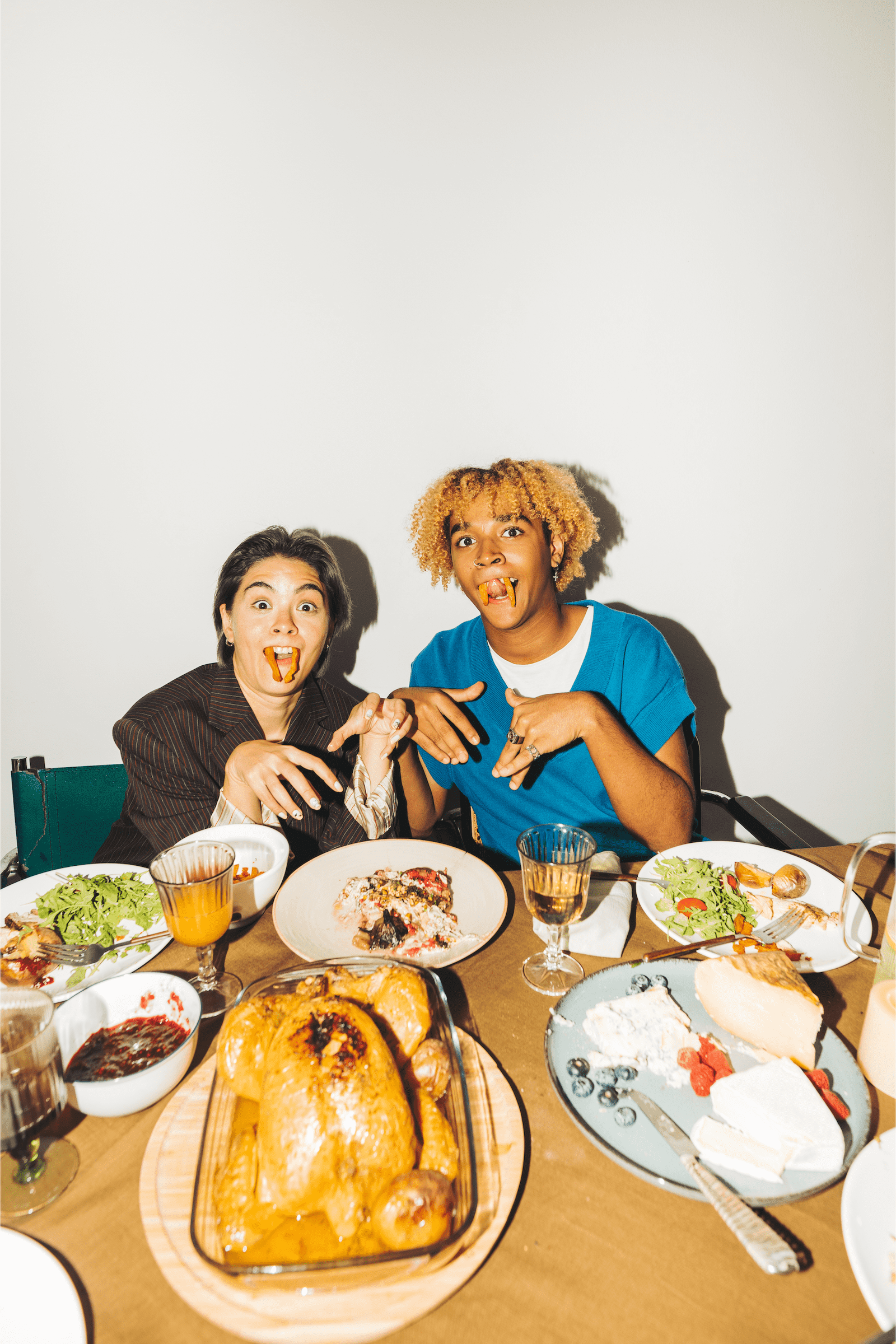
After the Meal
- Leftovers: Have take-home containers ready so guests can bring home extra food.
- Cleanup: Encourage everyone to pitch in. Put on music and make it a group activity.
- Thank-you follow-up: Send a group message or post photos in your shared chat to keep the warm feelings going.


Budget-Friendly Tips
- Thrift store dishes and décor are charming and affordable.
- Potluck style keeps one person from covering all the costs.
- Batch cocktails are cheaper than stocking a full bar.
- Use digital invites instead of printed ones.
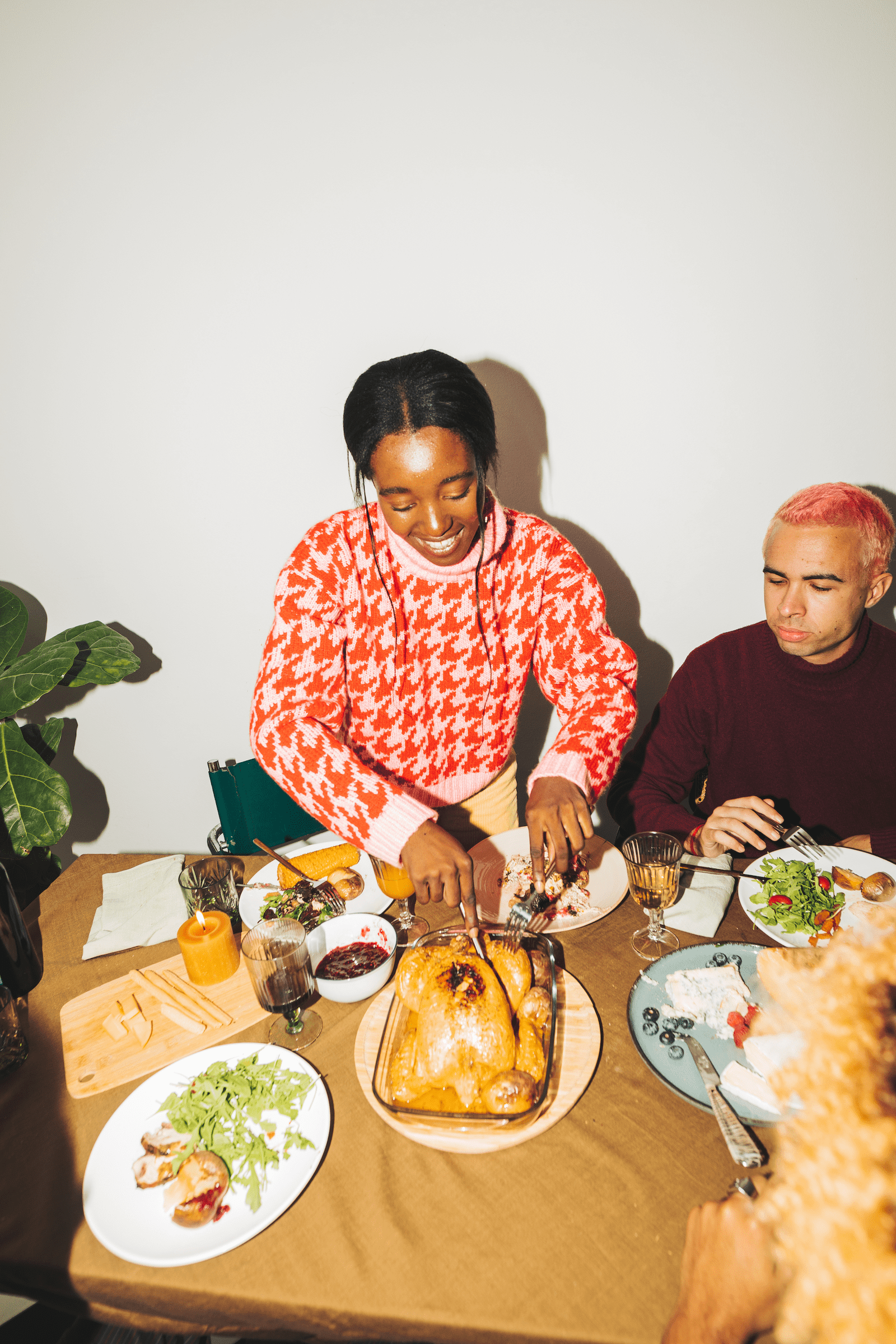

Final Thoughts
Friendsgiving is a beautiful reminder that gratitude doesn’t just belong at family tables—it thrives wherever friends gather with open hearts and full plates. With a little planning, organization, and shared effort, you can host a Friendsgiving celebration that leaves everyone feeling full, happy, and more connected.
